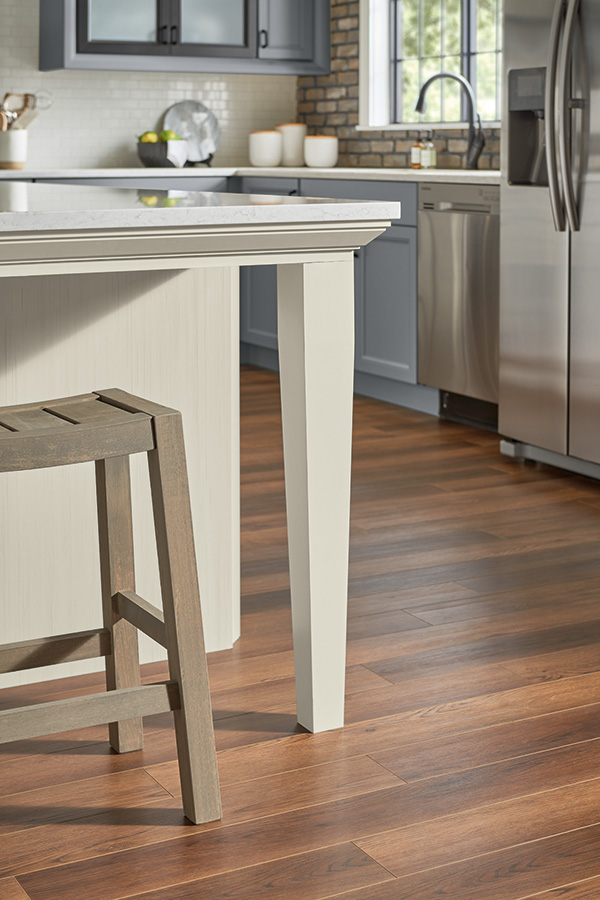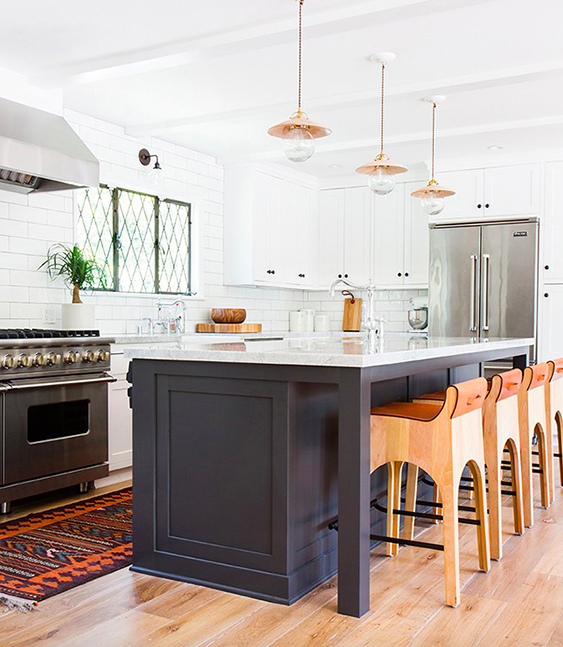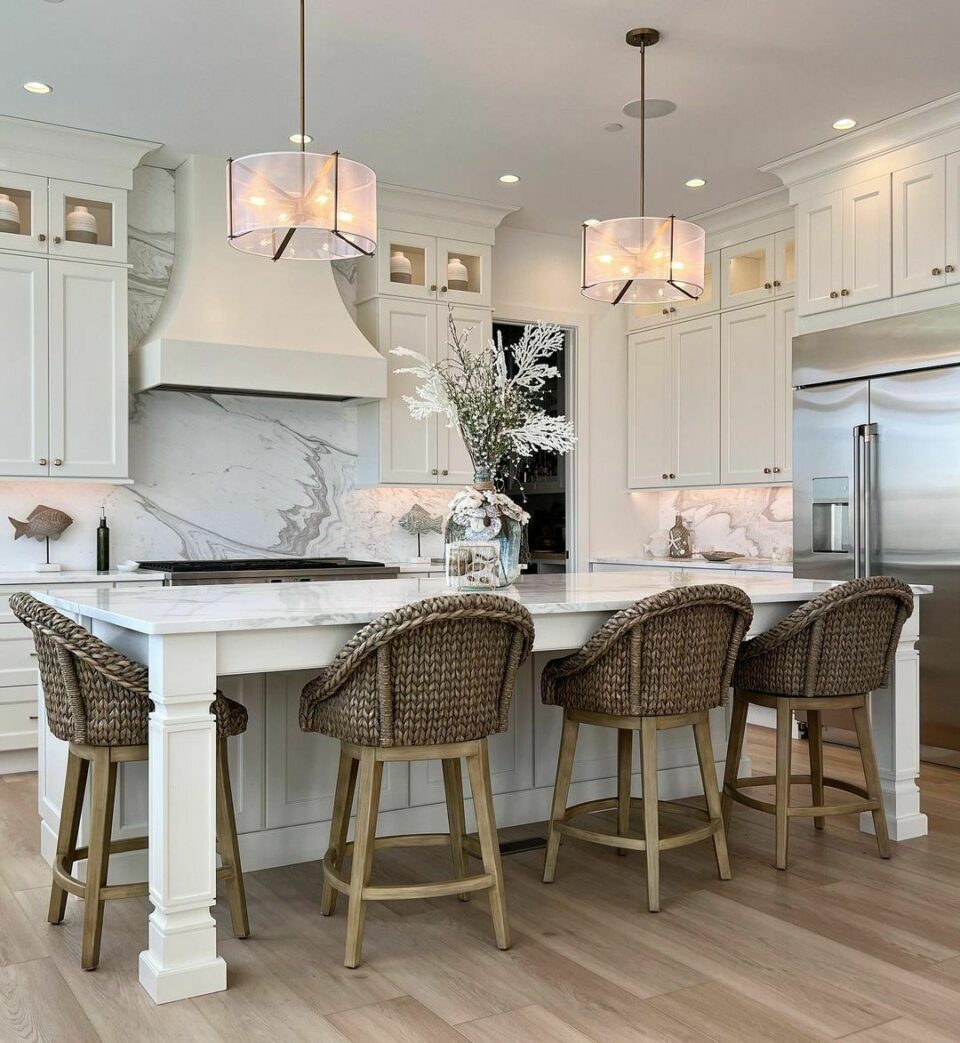Exactly how to Mount a Kitchen Island Leg for Optimum Stability and Design
Exactly how to Mount a Kitchen Island Leg for Optimum Stability and Design
Blog Article
Leading Considerations When Selecting a Cooking Area Island Leg for Modern Cooking Area Interiors
In the realm of modern kitchen interiors, the selection of a kitchen area island leg is crucial, affecting both aesthetic appeals and functionality. Secret considerations consist of the selection of materials that integrate with contemporary style, as well as the leg's security and support to guarantee long-lasting performance. Furthermore, elevation and proportions have to be attentively evaluated to maintain a natural appearance. As these components link, they raise additionally concerns about just how to accomplish the best balance in between design and usefulness, leaving one to contemplate the implications of each decision on the general kitchen experience.
Product Choices
When it involves picking a kitchen island leg, material selections play a critical role in both aesthetics and functionality. kitchen island leg. One of the most typical materials consist of timber, metal, and composite choices, each offering potential downsides and distinct advantages
Wood is preferred for its warmth and timeless appeal, providing a classic look that complements various kitchen designs. It is extremely flexible, allowing for customization in terms of shades and surfaces. Nevertheless, timber might need more maintenance to avoid warping or damage from wetness.
Metal, on the various other hand, brings a modern-day and industrial panache to cooking area islands. Stainless-steel and wrought iron are preferred choices, recognized for their toughness and resistance to use. They can hold up against the roughness of daily usage but may do not have the warmth connected with timber.
Composite materials, such as engineered timber or synthetic blends, use a balance in between cost, durability, and aesthetics. These options are frequently created to simulate the appearance of natural materials while giving resistance to spills and scrapes.
Inevitably, the choice of product should align with the overall kitchen style and meant usage, making sure that the cooking area island leg is both aesthetically enticing and useful.
Design And Style
The design and style of a cooking area island leg considerably add to the general aesthetic of the space, enhancing the selected product. When choosing the leg design, take into consideration the architectural style of the cooking area. Sleek, minimal legs made of stainless steel or acrylic harmonize with contemporary styles, while ornate, transformed wood legs boost conventional or farmhouse aesthetic appeals.
Furthermore, the finish of the leg can affect the visual influence; a refined chrome or matte black finish might stimulate modern-day elegance, while troubled timber speaks with rustic charm. The leg's shape likewise plays an essential function-- right, angular kinds share a more industrial feel, whereas tapered or rounded legs present a softer, extra welcoming look.
Including ornamental elements, such as decorations or makings, can include character and personality to the kitchen island, further boosting its role as a centerpiece. Inevitably, the chosen leg design ought to not only line up with the general kitchen area design but likewise mirror the homeowner's personal taste, guaranteeing that the cooking area island becomes a unified and useful focal point within the contemporary cooking area inside.
Elevation and Percentages
Accomplishing the ideal height and percentages for a kitchen area island leg is critical for both functionality and aesthetics. Cooking area islands typically vary in elevation from 28 to 36 inches, depending upon their planned use-- whether as a food preparation surface area, dining area, or work area. Criterion countertop elevation is about 36 inches, making it necessary that the legs you select complement this height to supply a seamless, integrated appearance.
Proportions additionally play an essential role in the visual balance of the kitchen. A slender leg might be proper for a contemporary or minimalistic island, while an extra significant leg might be required for rustic or traditional designs.
When picking the elevation and percentages of the kitchen area island leg, remember the overall layout theme of your cooking area. This attention to information not just enhances the performance of the room yet likewise contributes to a visually appealing and natural interior layout.
Stability and Support
Constantly making certain security and assistance in cooking area island legs is vital for both safety and capability. A sound kitchen area island must withstand everyday usage, consisting of weight from appliances, food preparations, and celebrations. Therefore, the choice of legs should focus on durable products and styles that can give sufficient assistance.
When evaluating security, consider the leg's product-- wood, light weight aluminum, or steel typically supply premium strength contrasted to lighter choices. Furthermore, the style ought to include a wide base to disperse weight evenly and minimize the threat of hop over to these guys tipping or wobbling. Legs designed with try these out an A-frame or cross-bracing can significantly boost security.

Integrating these factors to consider will certainly not just improve the total security of the kitchen area space however likewise boost the long life and performance of the cooking area island, making it a beneficial centerpiece in modern-day cooking area interiors.
Completing Touches
When it comes to completing a kitchen island, thoughtful ending up touches can considerably boost both its visual allure and capability. Choosing the appropriate leg style is critical, however matching it with suitable information can change the entire space. Think about including ornamental aspects such as toe kicks or walls that match the cabinetry or flooring to produce a smooth look.

A cohesive color combination and material choice will boost the cooking area island, making it an exciting focal factor. By paying focus to these finishing touches, home owners can develop a kitchen area island that my company is both useful and attractive, providing to their way of living and style choices.
Conclusion

In the world of modern-day kitchen interiors, the option of a kitchen area island leg is essential, influencing both aesthetics and performance.The design and layout of a cooking area island leg considerably add to the overall visual of the space, complementing the selected material.Achieving the ideal height and percentages for a cooking area island leg is important for both capability and looks.Regularly making sure stability and support in cooking area island legs is essential for both safety and functionality.In summary, choosing a kitchen area island leg for modern insides requires mindful factor to consider of product selections, layout style, elevation, percentages, and stability.
Report this page